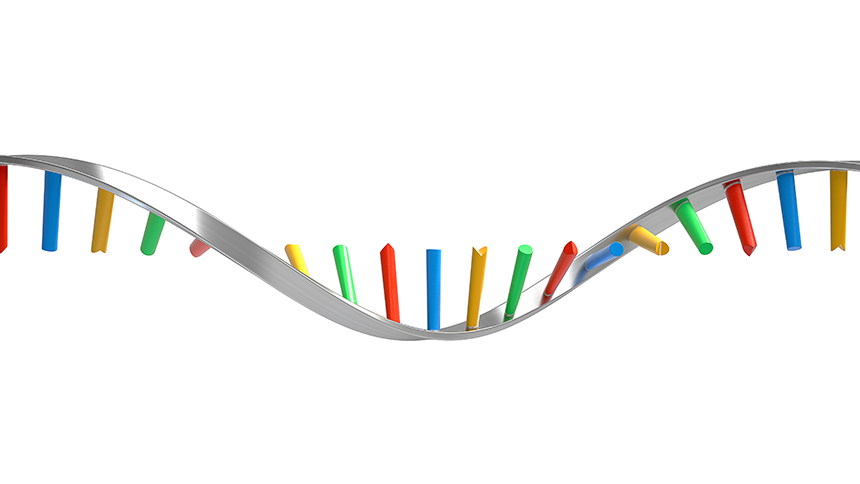cell The smallest structural and functional unit of an organism. Typically too small to see with the unaided eye, it consists of a watery fluid surrounded by a membrane or wall. Depending on their size, animals are made of anywhere from thousands to trillions of cells. Most organisms, such as yeasts, molds, bacteria and some algae, are composed of only one cell.
DNA (short for deoxyribonucleic acid) A long, double-stranded and spiral-shaped molecule inside most living cells that carries genetic instructions. It is built on a backbone of phosphorus, oxygen, and carbon atoms. In all living things, from plants and animals to microbes, these instructions tell cells which molecules to make.
messenger RNA A type of genetic material that is copied from DNA. It carries the instructions for building a cell’s proteins.
molecule An electrically neutral group of atoms that represents the smallest possible amount of a chemical compound. Molecules can be made of single types of atoms or of different types. For example, the oxygen in the air is made of two oxygen atoms (O2); water is made of two hydrogen atoms and one oxygen atom (H2O).
nucleotides The four chemicals that, like rungs on a ladder, link up the two strands that make up DNA. They are: A (adenine), T (thymine), C (cytosine) and G (guanine). A links with T, and C links with G, to form DNA. In RNA, uracil takes the place of thymine.
protein A compound made from one or more long chains of amino acids. Proteins are an essential part of all living organisms. They form the basis of living cells, muscle and tissues; they also do the work inside of cells. Among the better-known, stand-alone proteins are the hemoglobin (in blood) and the antibodies (also in blood) that attempt to fight infections. Medicines frequently work by latching onto proteins.
RNA A molecule that helps “read” the genetic information contained in DNA. A cell’s molecular machinery reads DNA to create RNA, and then reads RNA to create proteins.
transfer RNA (tRNA) A type of RNA (ribonucleic acid) molecule that a cell uses to read a section of messenger RNA. This takes place during the production of a cellular protein.








